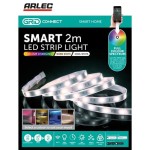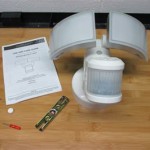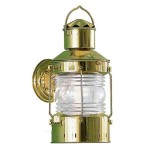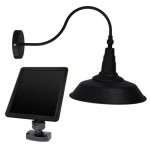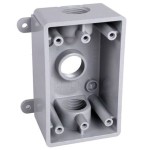Essential Aspects of Outdoor Photocell Lights: A Comprehensive Guide
Outdoor photocell lights, also known as dusk-to-dawn lights, offer an efficient and convenient solution for illuminating outdoor areas. These lights automatically turn on at dusk and off at dawn, providing essential illumination for safety, security, and aesthetic purposes. Understanding the key aspects of outdoor photocell lights is crucial to ensure optimal performance and satisfaction.
Photocell Technology
The core component of an outdoor photocell light is its photocell, a light-sensitive device that detects changes in ambient light levels. When the light intensity drops below a certain threshold, typically at dusk, the photocell triggers the light to turn on. Conversely, when the light intensity rises above the threshold, typically at dawn, the photocell switches the light off.
Light Output and Coverage
The light output of outdoor photocell lights is measured in lumens. Higher lumen ratings indicate brighter lights. Consider the size and intended use of the area to determine the appropriate lumen output. For wide coverage, choose lights with a wide beam angle, while for focused illumination, opt for a narrow beam angle.
Sensor Sensitivity
The sensitivity of the photocell determines the light intensity at which the light turns on and off. Adjustable photocells allow for customization of the sensitivity to suit specific lighting requirements. For areas that experience partial shade or intermittent light sources, a more sensitive photocell is recommended to ensure reliable activation.
Durability and Weather Resistance
Outdoor photocell lights are exposed to various weather conditions throughout the year. Choose lights with durable construction and high IP ratings, which indicate their resistance to dust and water. A minimum IP rating of 65 is recommended for outdoor use, ensuring protection against rain and dust.
Mounting Options and Installation
Outdoor photocell lights come with different mounting options, including wall-mounted, post-mounted, and pole-mounted. Select a mounting option that suits the intended location and height required for optimal coverage. Installation should be performed by a qualified electrician to ensure proper wiring and safe operation.
Energy Efficiency
LED photocell lights are highly energy-efficient, consuming significantly less power than traditional incandescent or halogen lights. They have longer lifespans, reducing the need for frequent replacements. Choose lights with energy certifications, such as ENERGY STAR, to maximize energy savings.
By considering these essential aspects, you can choose and install outdoor photocell lights that meet your specific needs and provide reliable illumination for years to come. These lights offer convenience, safety, security, and energy efficiency, making them an invaluable addition to any outdoor space.

Holme Black Up Down Outdoor Photocell Wall Light Litecraft

Litecraft Perry Black Outdoor Lantern Wall Light With Photocell Sensor Diy At B Q

Litecraft Kenn Black Up And Down Outdoor Wall Light With Photocell Sensor Diy At B Q

Holme Black Outdoor Wall Light With Photocell Litecraft

Endon Lighting Halton Ip44 Exterior Led Wall Light With Photocell Pir In Black Fitting Style From Dusk

Epin Up Down Outdoor Wall Light With Sensor Black Bhs

Cinder Outdoor Wall Light With Photocell Anthracite Bhs

Holme Black Up Down Outdoor Photocell Wall Light Litecraft

Design House Stem Mount 120 Volt Outdoor Photocell With Dusk To Dawn Sensor 588053 The Home Depot

Maxxima Led Porch Lantern Outdoor Wall Light Black W Frosted Glass Photocell Sensor 700 Lumens Com

